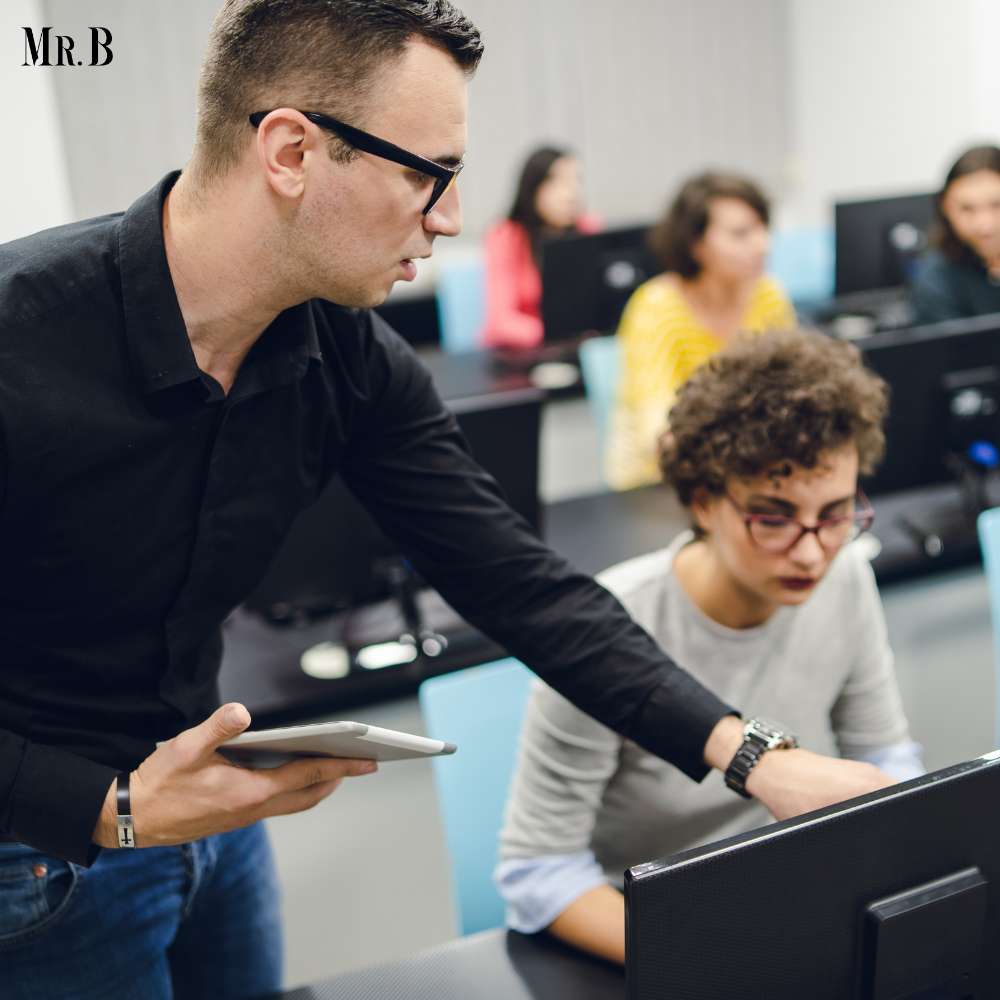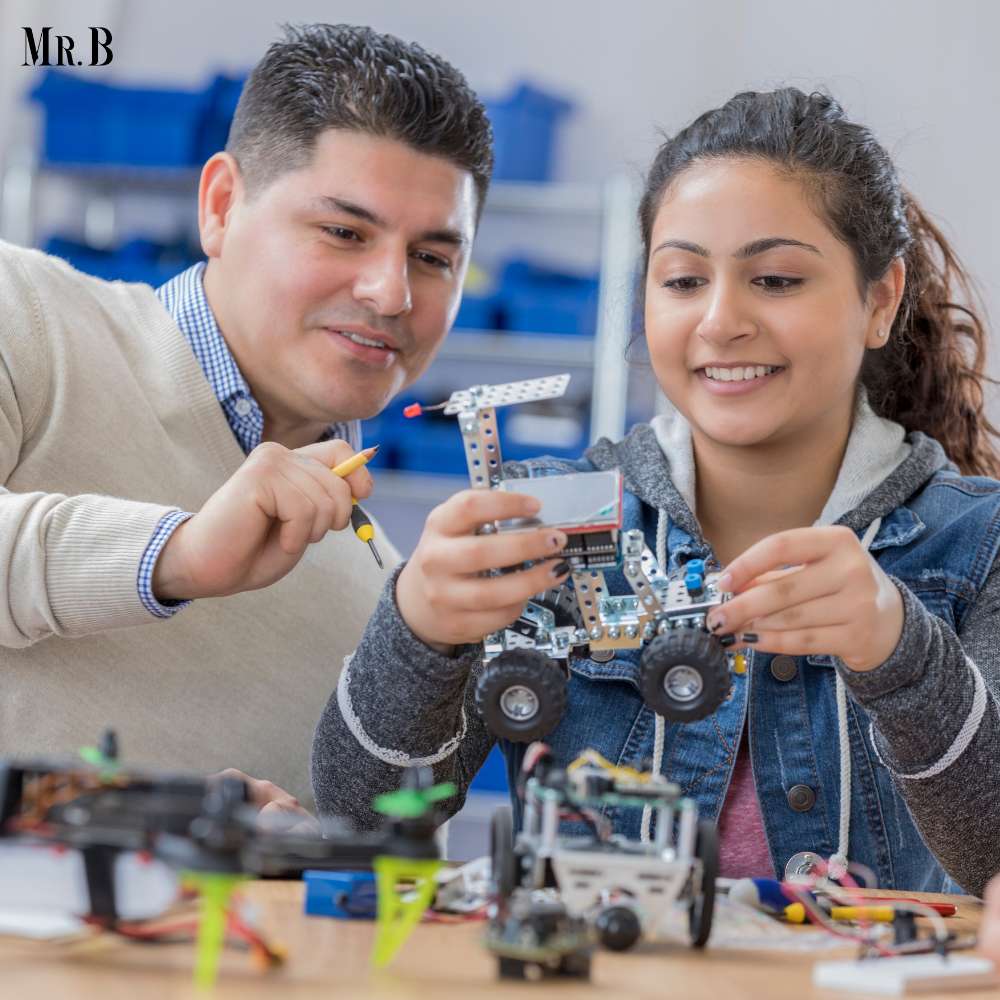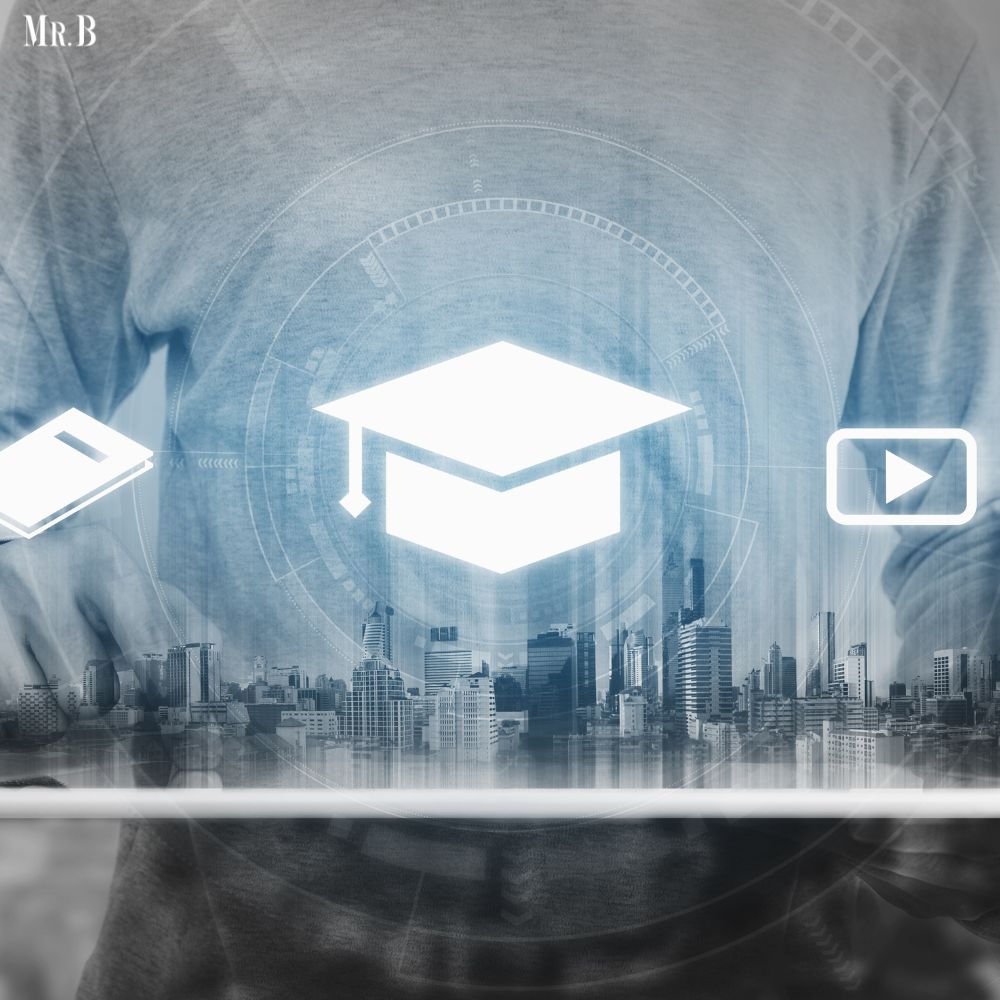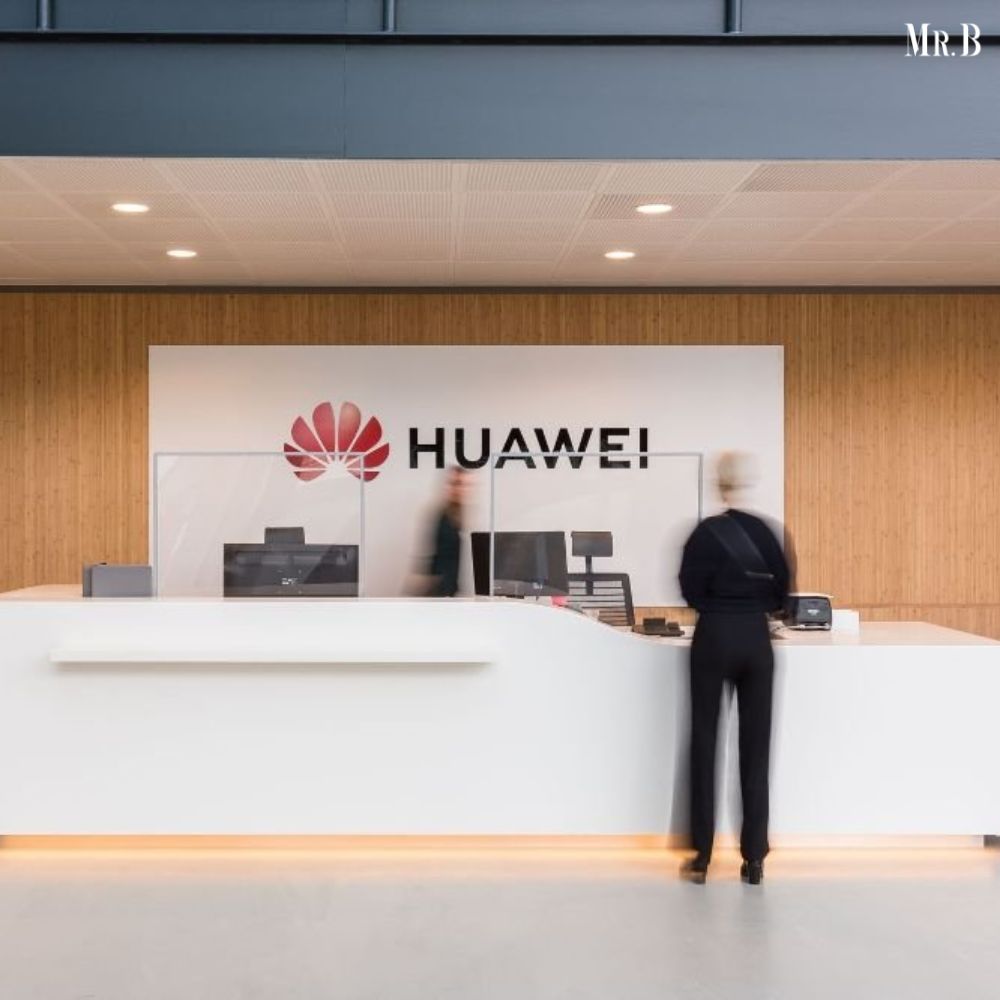How can Educational Institutes Teach Students the Right use of Technology?
- Category: Education

Many educational institutes have started adopting technology. Technology helps students to grasp the concepts well. The conventional teaching methods have been replaced by practical and visual learning. Technologies like virtual reality and augmented reality are being accepted by educational institutes to make the teaching process more exciting and clear. Students need to be carefully introduced to technology as it is something new for them. Children often get excited when something new is presented in front of them.
Educational institutes, both at the primary and secondary levels, play a pivotal role in guiding students towards the right use of technology. They should also consider providing adequate training to the teaching staff members. As the teachers are the ones who interact the most with the students, adequate training arrangements for them should be made. It’ll help the teachers to adequately provide the right kind of education to them.
At times, students are also needed to be taught the right use of technology. The content available over the internet, which is good and bad for them to consume, a proper guidance should be given to them.
Let’s read more on How can Educational Institutes Teach Students the Right use of Technology?
1. The Imperative of Teaching Students the Right Use of Technology
In the digital era, technology has become an integral part of our daily lives. For students, who are growing up as digital natives, mastering technology is not an option but a necessity. However, the right use of technology extends beyond merely knowing how to operate devices and software. It encompasses digital literacy, critical thinking, and responsible digital citizenship.
Educational institutes are uniquely positioned to impart these vital skills. They can guide students in navigating the digital landscape, recognizing reliable sources from misinformation, and fostering responsible behavior in the digital realm. To do so, educational institutes need to embrace technology as an essential tool for learning and teaching.

2. Effective Strategies for Integrating Technology
a. Digital Literacy Curriculum:
Educational institutes should develop a comprehensive digital literacy curriculum that covers topics such as internet safety, online etiquette, data privacy, and cybersecurity. This curriculum should be integrated into the existing academic framework.
b. Technology-Infused Learning:
Infusing technology into the learning process can make education more engaging and interactive. Online learning platforms, educational apps, and virtual classrooms can complement traditional teaching methods, making learning more accessible and flexible.
c. Teacher Training:
Teachers are at the forefront of technology integration. Educational institutes should provide continuous training to educators on how to effectively use technology in the classroom. This includes understanding the latest educational software and tools.
d. Collaborative Projects:
Encouraging students to collaborate on digital projects can improve their problem-solving and communication skills. It can also introduce them to the concept of working in a virtual team, a valuable skill in the modern workplace.
3. Technological Teaching vs. Conventional Teaching
The advantages of technological teaching over conventional methods are abundant:
a. Personalized Learning:
Technology allows for personalized learning experiences. Educational software can adapt to a student’s pace, providing additional resources or challenges based on their progress.
b. Interactive Learning:
Multimedia resources, simulations, and virtual labs make learning more interactive and engaging, increasing students’ understanding and retention of the material.
c. Access to Global Information:
Through the internet, students can access a wealth of information from around the world, broadening their horizons and promoting global awareness.
d. Immediate Feedback:
Technology enables quick and specific feedback on assignments and assessments, allowing students to identify areas for improvement and make timely adjustments.
e. Accessibility:
Online education makes learning more accessible to students who may have physical or geographical limitations. It opens the doors of education to a broader demographic.

4. Measures to Help Students Process Content via Technology
To ensure that students can effectively process content presented via technology, educational institutes should consider the following measures:
a. Structured Digital Resources:
Educational materials should be organized and presented in a clear, structured manner. This helps students navigate content with ease.
b. Guidance and Support:
Teachers and support staff should be readily available to answer students’ questions and provide assistance when needed.
c. Balanced Screen Time:
Educational institutes should educate students about the importance of balanced screen time, highlighting the need for breaks and physical activity.
d. Digital Etiquette:
In addition to teaching content, institutes should also instill digital etiquette and responsible behavior when interacting online.

5. Collaborative Efforts of Educational Institutes and Parents
The success of teaching the right use of technology relies on a collaborative effort between educational institutes and parents. Here’s how both parties can work together:
a. Parental Involvement:
Educational institutes should actively involve parents in their children’s digital education. This could include workshops on digital literacy and responsible technology use.
b. Open Communication:
Encouraging open communication between educators and parents is crucial. Sharing information about students’ progress and any concerns related to technology use fosters a supportive learning environment.
c. Setting Boundaries:
Both parents and educational institutes should work together to set healthy boundaries on screen time, ensuring students strike a balance between digital and offline activities.
d. Monitoring and Support:
Parents can monitor their children’s online activities to ensure they are engaging with appropriate content and adhering to digital safety guidelines.
Conclusion
Educational institutes are entrusted with the pivotal role of teaching students the right use of technology. To prepare the next generation for a digitally dominant future, they must provide a well-structured digital literacy curriculum, effectively integrate technology into the learning process, and facilitate collaborative efforts between parents and educators. Embracing technology in education offers numerous advantages, enhancing the learning experience and preparing students for the challenges and opportunities of the modern world. By embracing technology responsibly, educational institutes can empower students to become digital citizens who navigate the digital landscape with confidence and competence.







